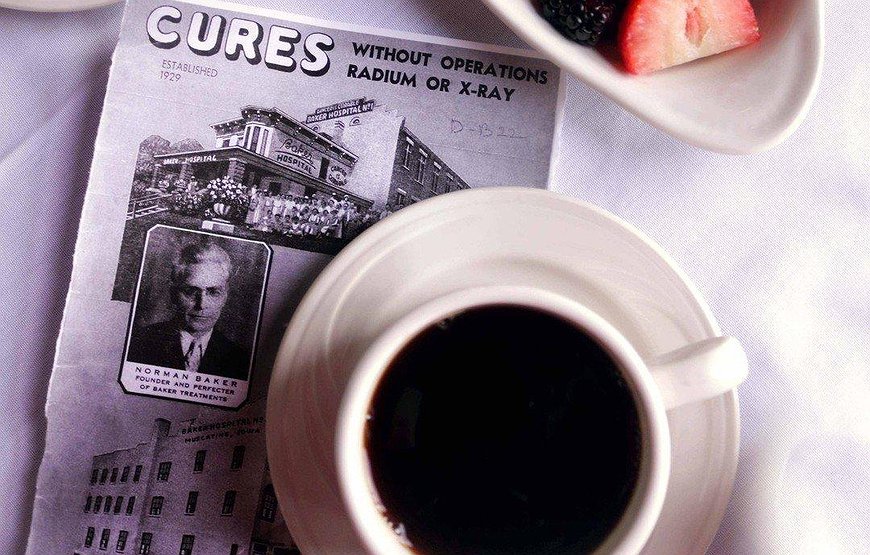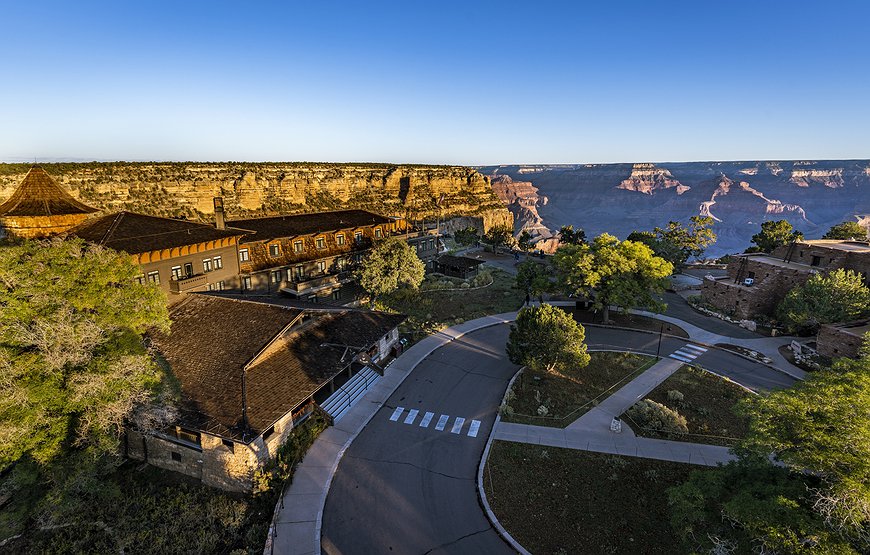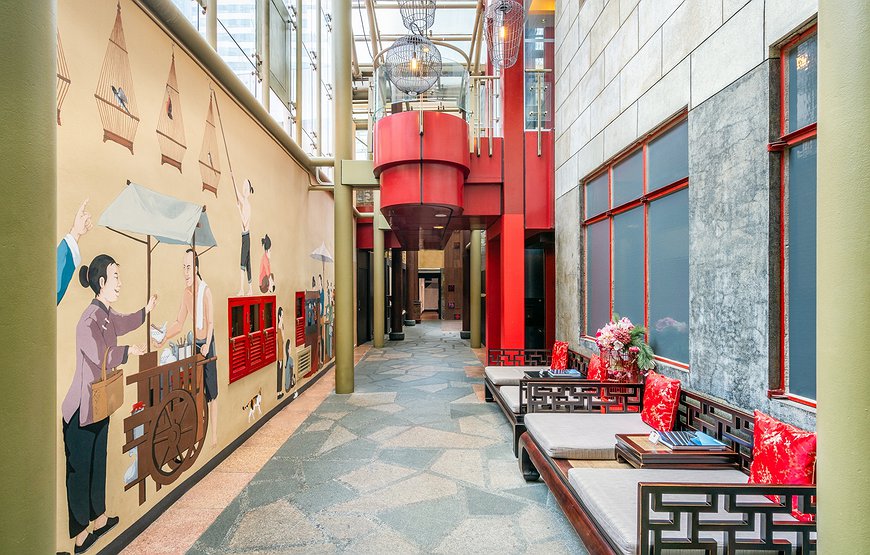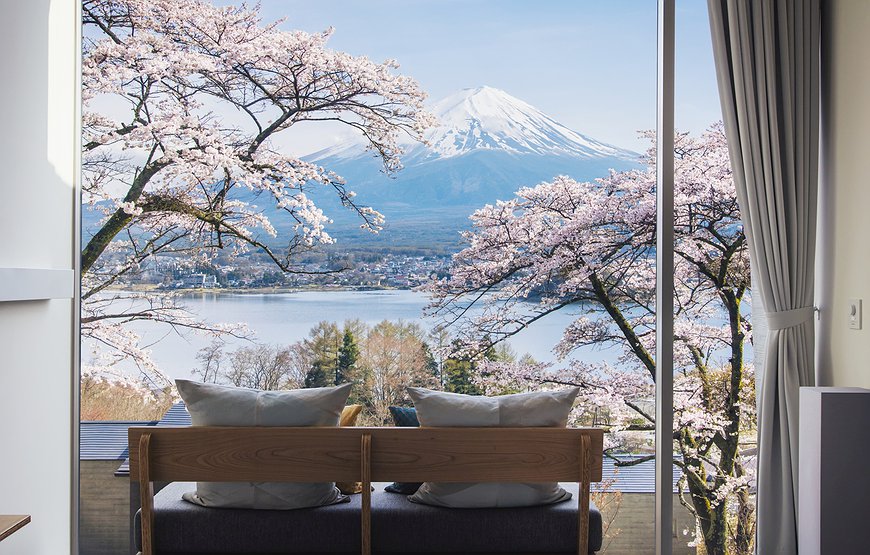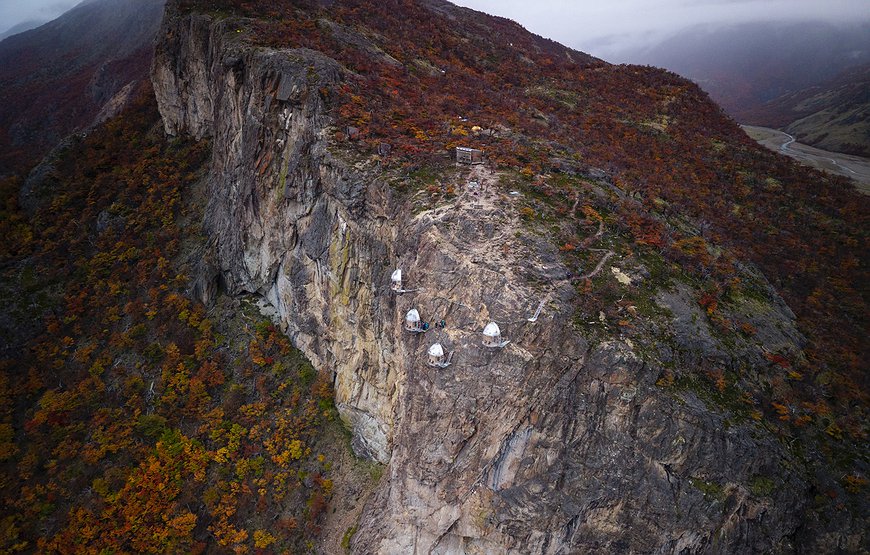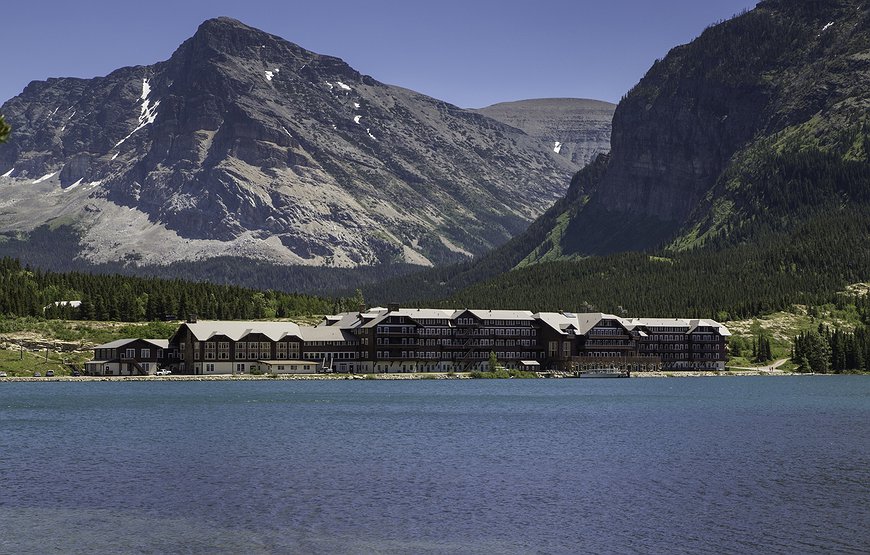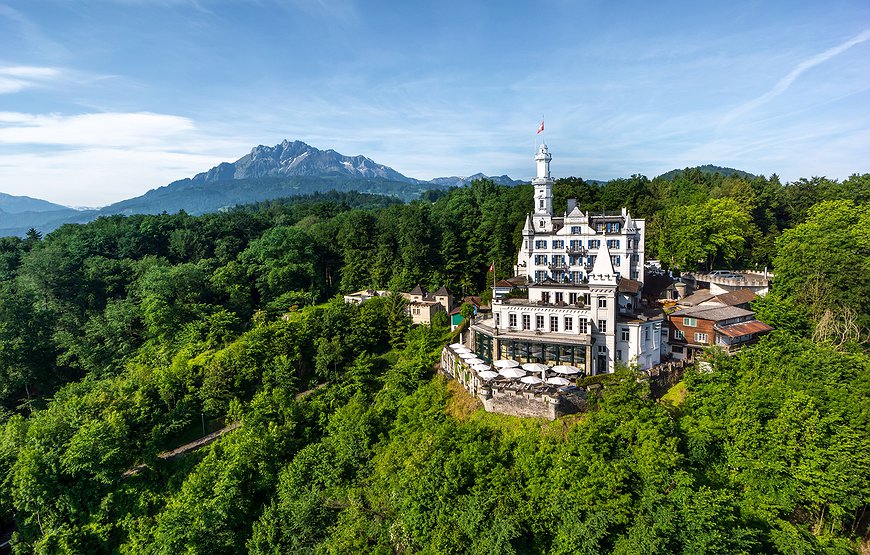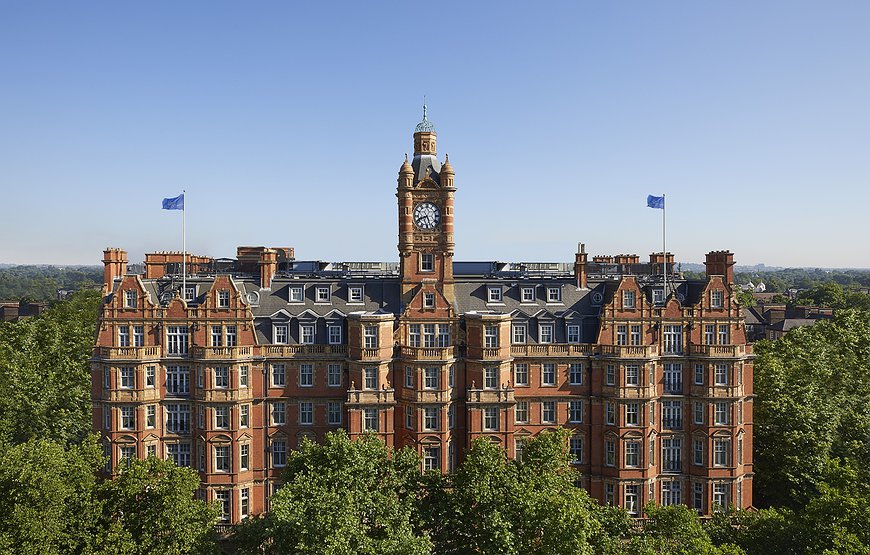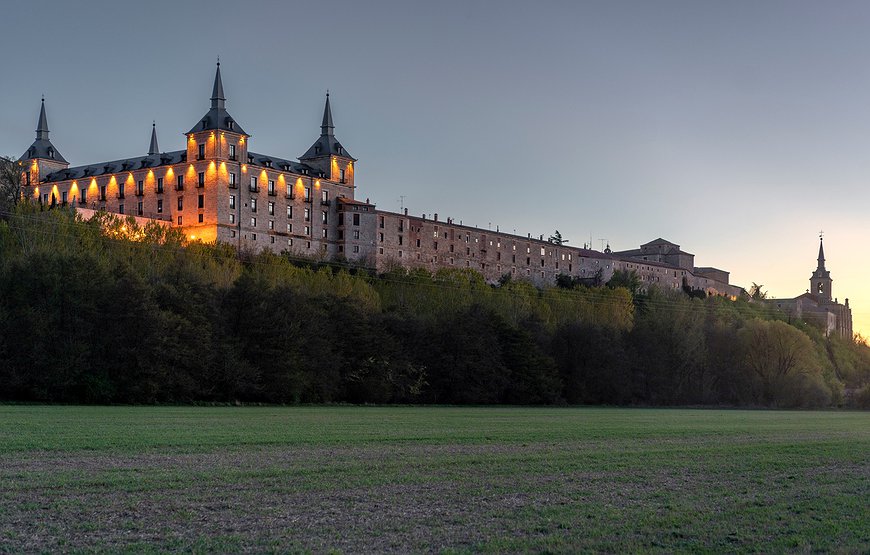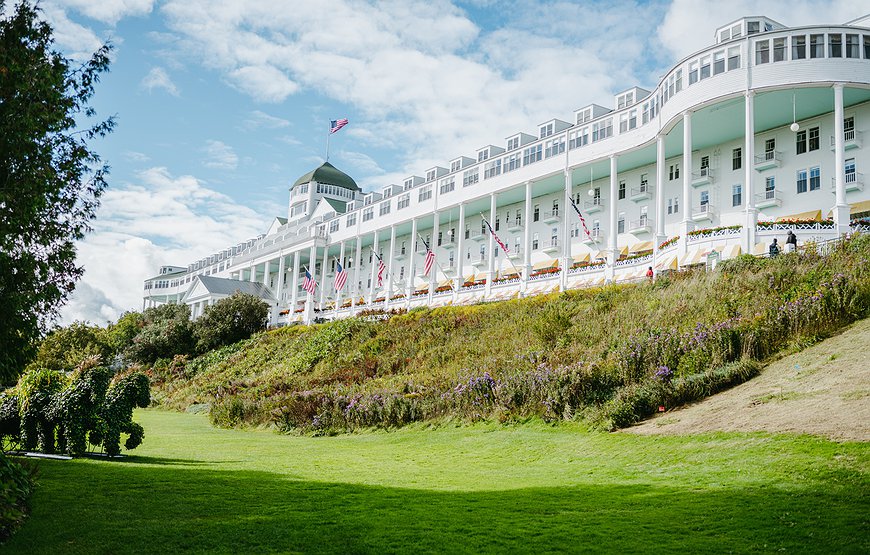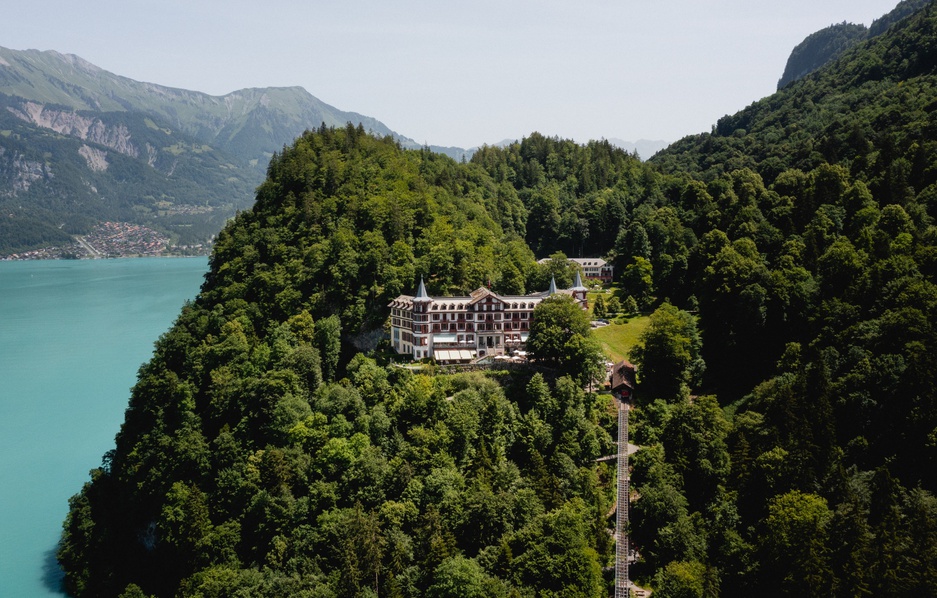
High above Lake Brienz, where waterfalls crash down mountainsides and the sound of rushing water mingles with the rattle of Europe's oldest funicular railway, sits a hotel that nearly became a car park. Well, not quite a car park, but something almost as tragic: a concrete "jumbo chalet" complex that would have obliterated one of Switzerland's most extraordinary belle époque survivors.
The Grandhotel Giessbach is the kind of place that makes you wonder how anything this ridiculous and wonderful ever got built in the first place. Picture a five-story palace complete with turrets and "Prussian helmets" perched on an artificial terrace next to thundering waterfalls.
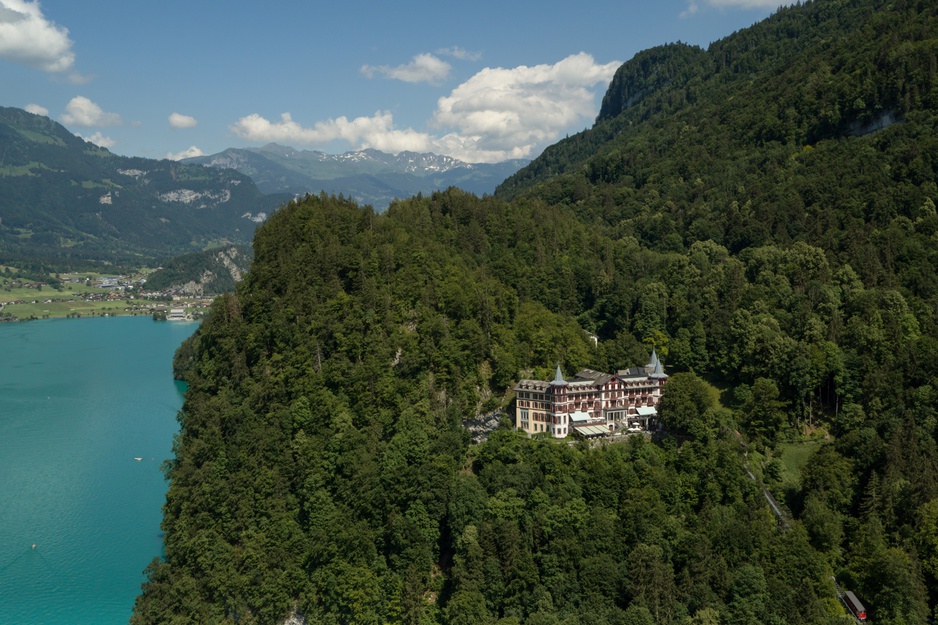
Grandhotel Giessbach sits above the Lake Brienz
It's the sort of architectural fever dream that could only have emerged from the golden age of tourism when money flowed like the Giessbach Falls themselves and no hotel was too grand for the traveling elite.
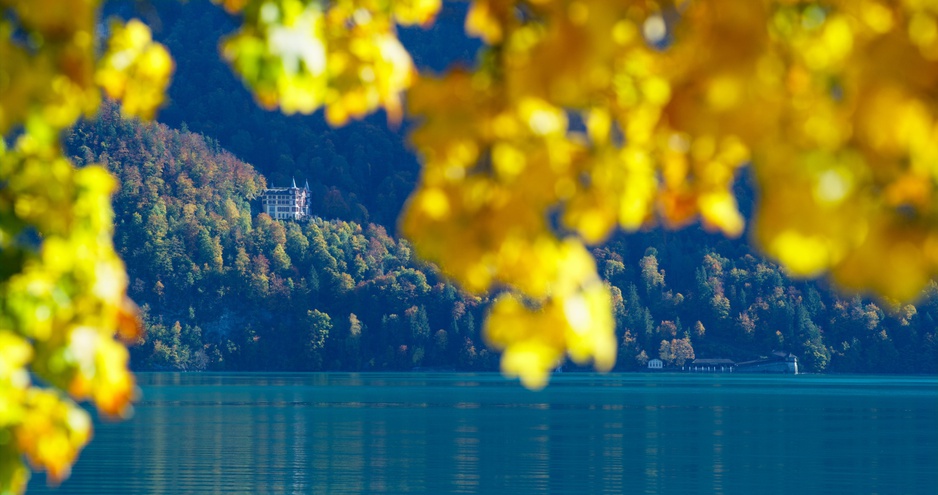
Built in the 1870s by the ambitious Hauser family, the hotel quickly became a playground for European royalty and industrial barons.
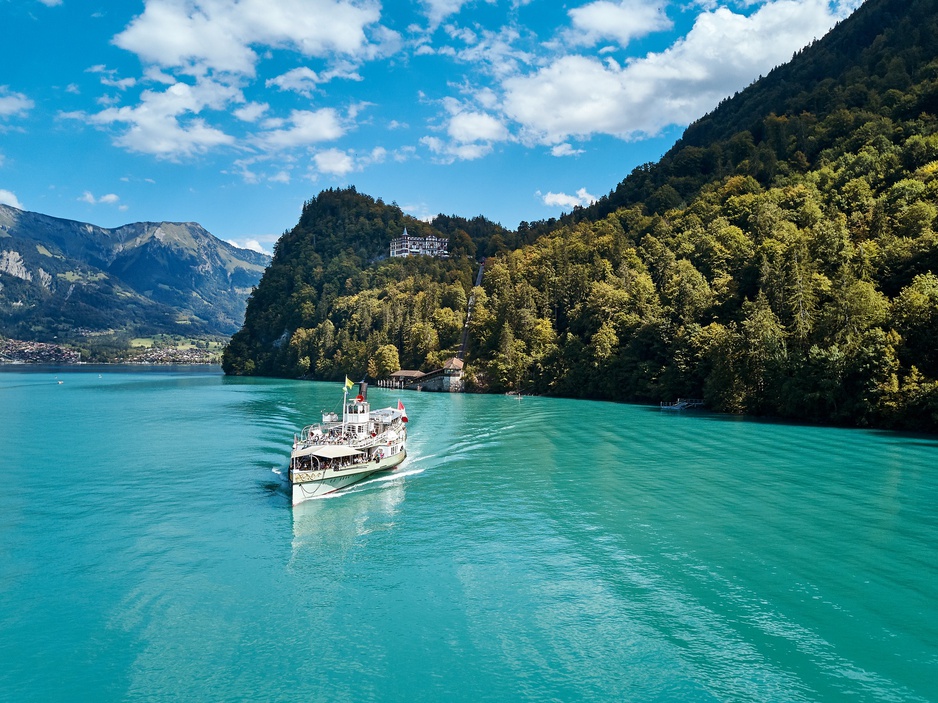
Vintage steamboats dock at the funicular's station where you can take a ride up to the Grandhotel Giessbach
They arrived by steamboat, rode the purpose-built funicular up to the hotel, and enjoyed amenities that would make a modern spa jealous: thermal baths, massage treatments, darkrooms for amateur photographers, and even a workshop for hobbyists. Because apparently, 19th-century tycoons needed somewhere to pursue their crafting hobbies between board meetings.
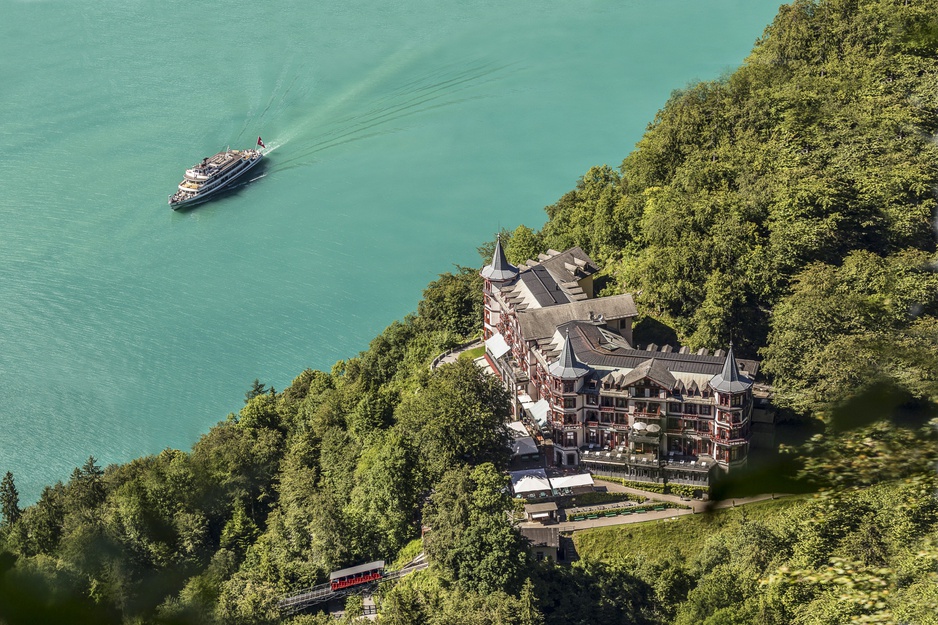
The hotel's golden age came to a crashing halt with two world wars and changing travel habits. By 1979, the dream was over. The doors closed, and developers moved in with plans to flatten the whole thing and replace it with something more "practical" – the aforementioned concrete monstrosity.
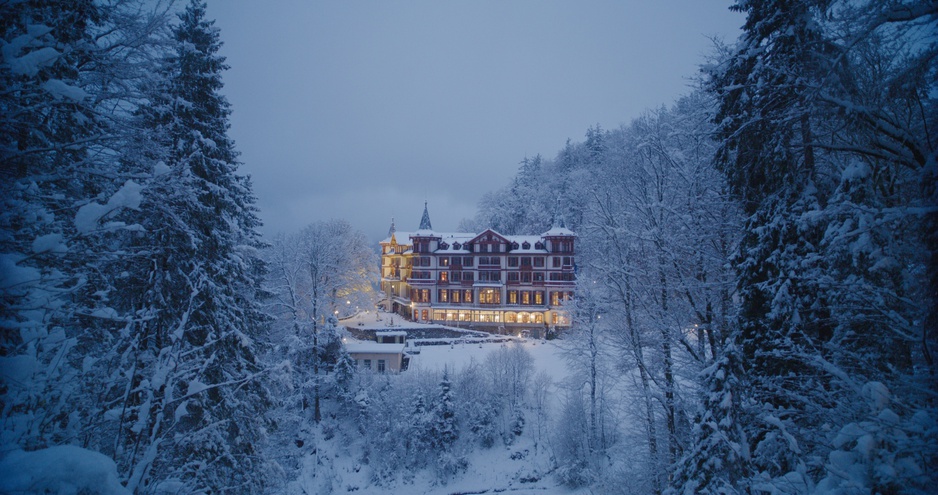
Enter Franz Weber, an environmental campaigner with the kind of stubborn determination that moves mountains, or at least saves hotels from bulldozers. Weber launched what can only be described as Switzerland's most successful crowdfunding campaign before crowdfunding was even a thing. His "Giessbach to the Swiss People" foundation raised three million francs from ordinary Swiss citizens who clearly understood what would be lost if the wrecking ball won.
Funiculaire de Giessbach
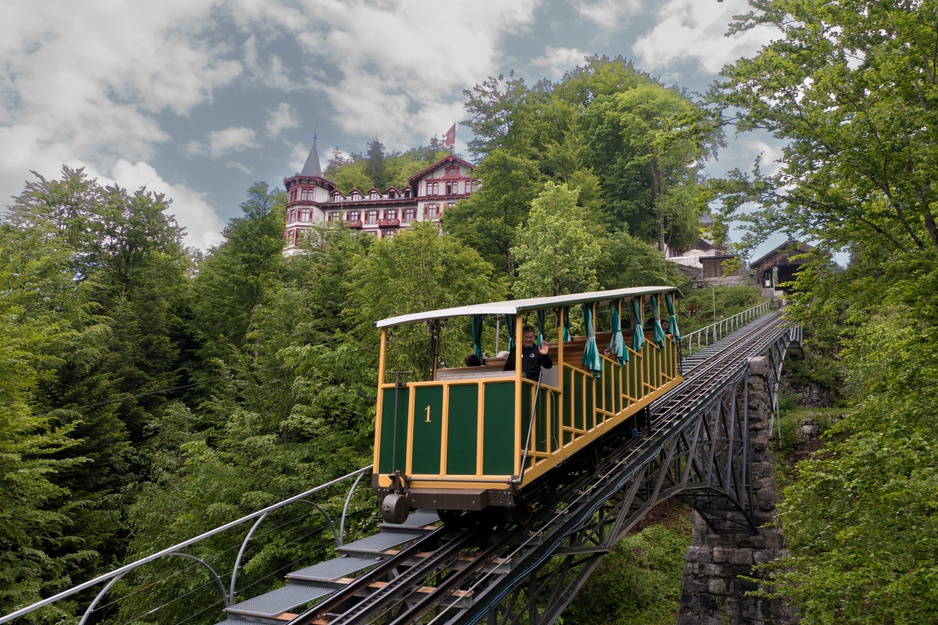
The rescue mission worked. Weber bought the entire 22-hectare property and turned it into a protected monument. But here's the clever bit: rather than letting it become a museum piece, he reopened it as a working hotel.
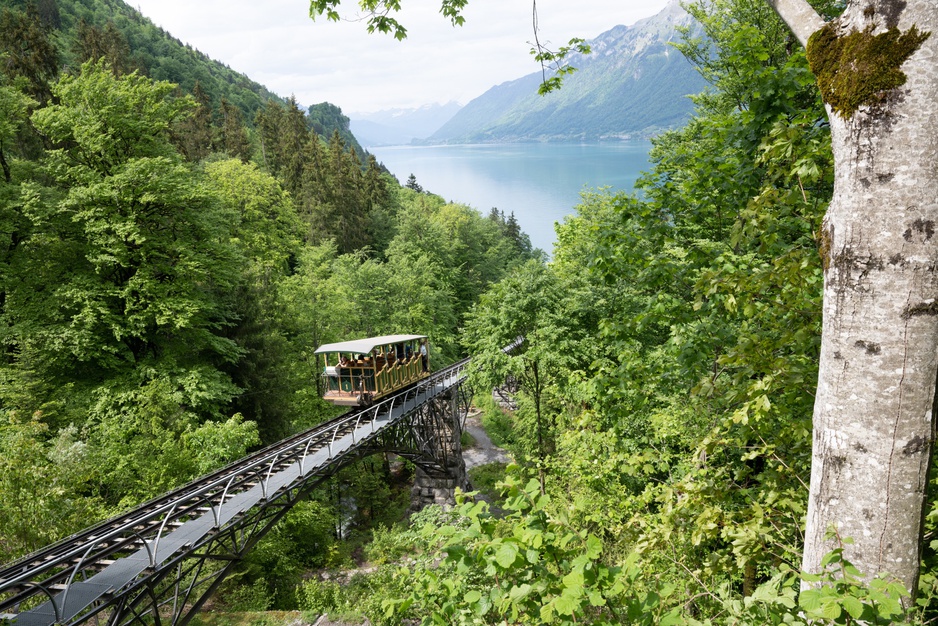
The renovation took years, but by 1984 guests were once again riding that ancient funicular up to rooms filled with 19th-century furniture and views that haven't changed since Queen Victoria was on the throne.
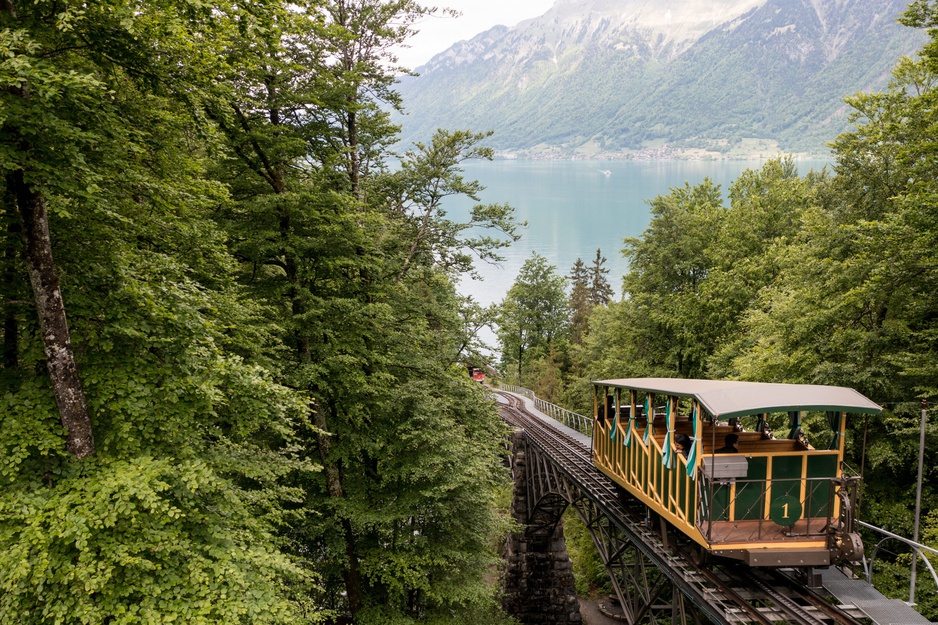
The funicular railway, now 141 years old, still creaks and groans its way up the mountainside, carrying guests who arrive by steamboat just as their predecessors did over a century ago. The waterfalls still foam and crash with the same spectacular force that drew Victorian tourists to make the journey from across Europe.
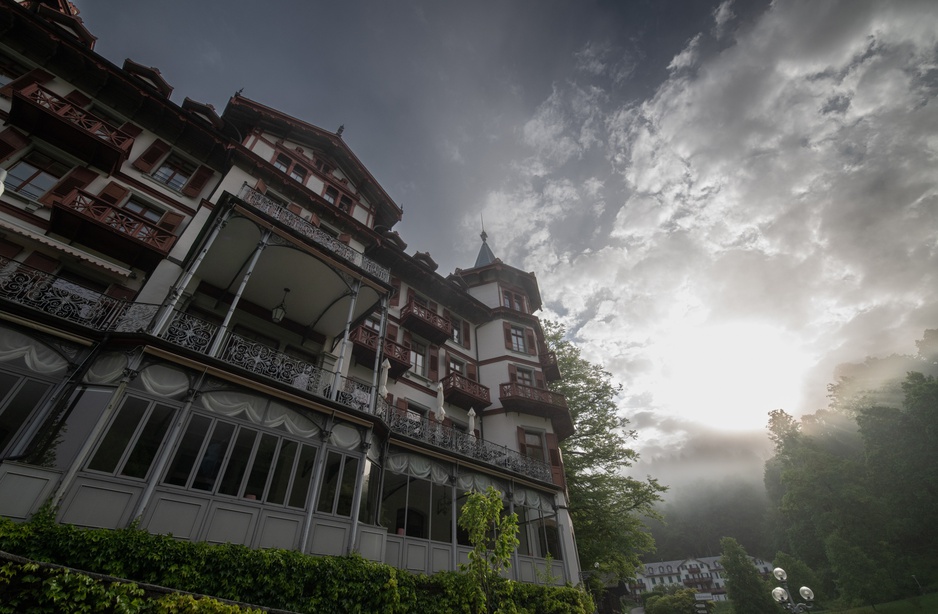
Today, the Giessbach operates as perhaps the most democratically owned luxury hotel in the world. It's still run by Weber's foundation, which means the profits go toward preservation rather than shareholders' pockets.
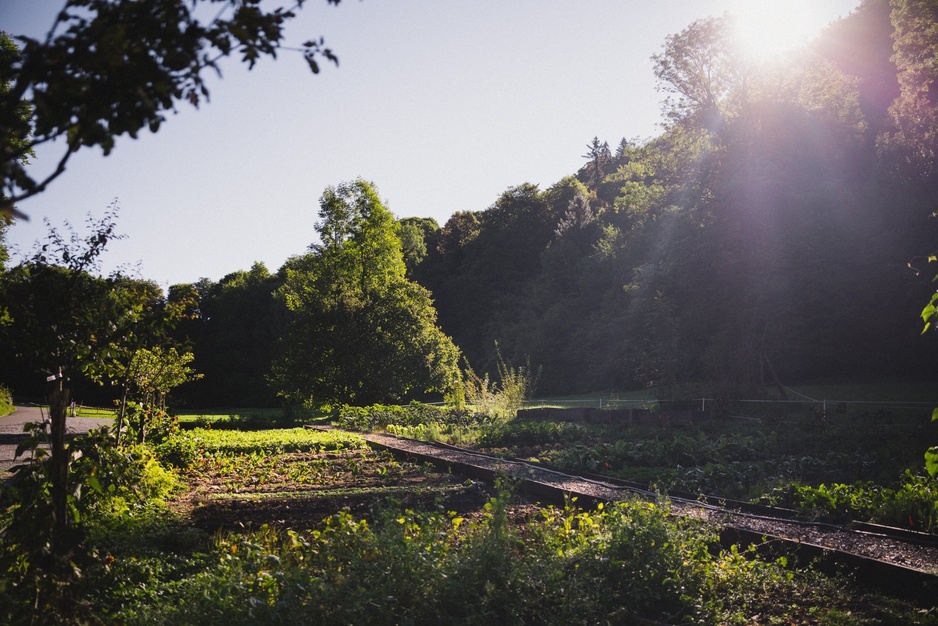
The vegetable garden - Photo by Digitale Massarbeit
The hotel grows its own vegetables in historic garden houses, keeps bees for honey, and sources from local farmers who understand that some things are worth preserving simply because they're irreplaceable.
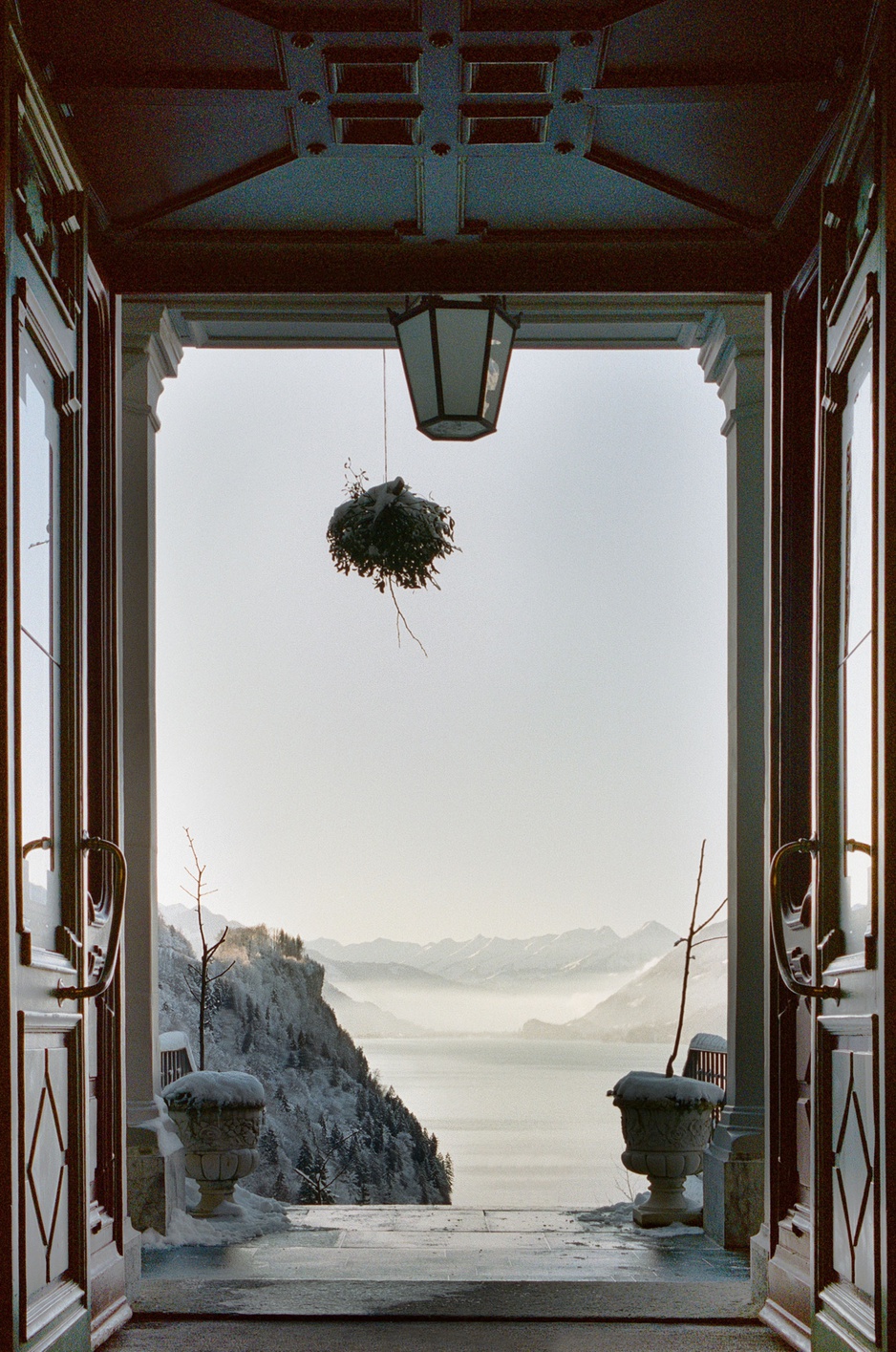
Photo by Juliette Chrétien
It's a strange and wonderful anachronism: a place where you can sleep in rooms that once hosted crowned heads of state, eat vegetables grown in gardens that predate the invention of the telephone, and wake up to views that prompted 19th-century poets to reach for their most purple prose.
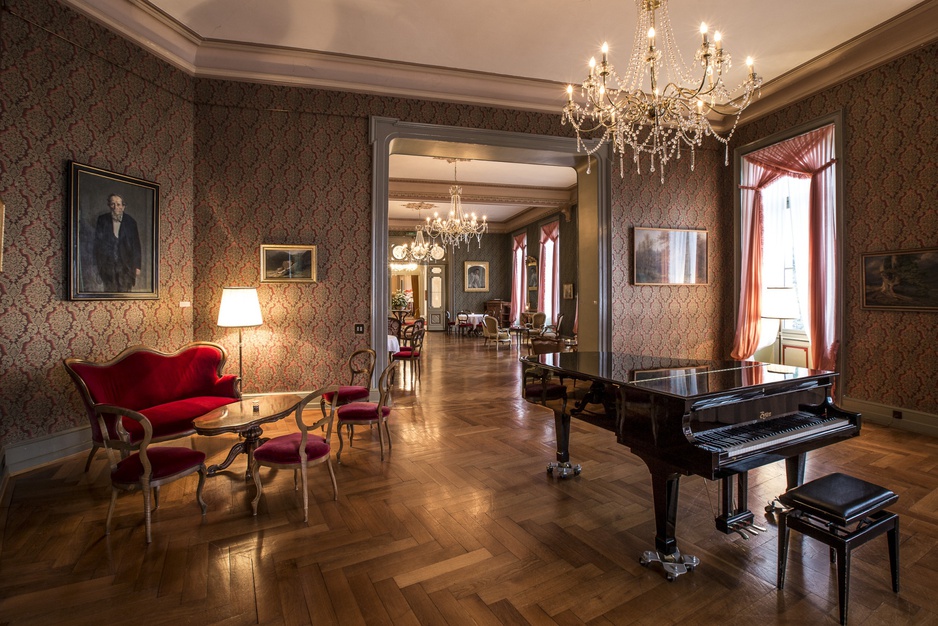
Davinet/Erker Salon
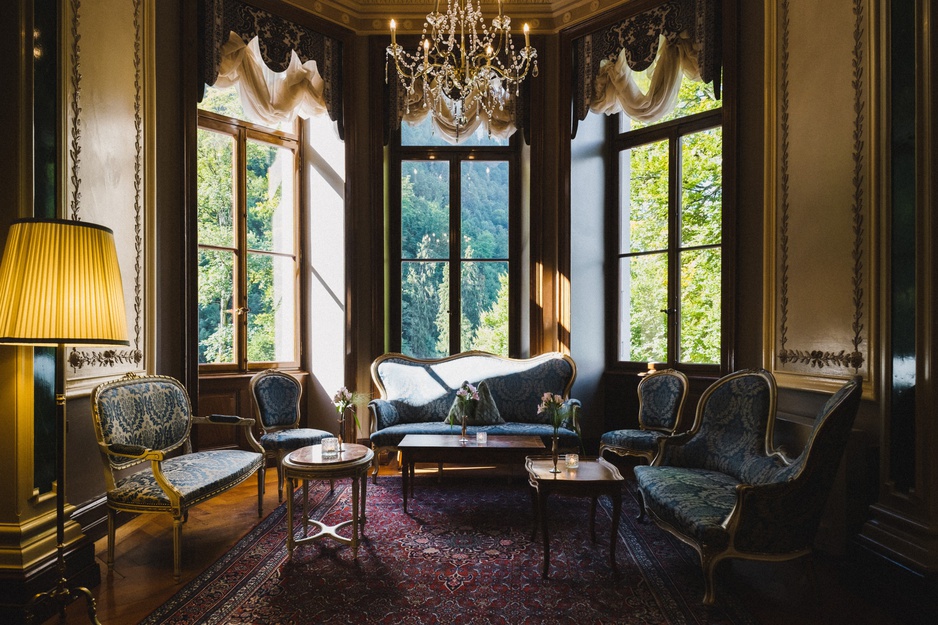
Lounge - Photo by Digitale Massarbeit
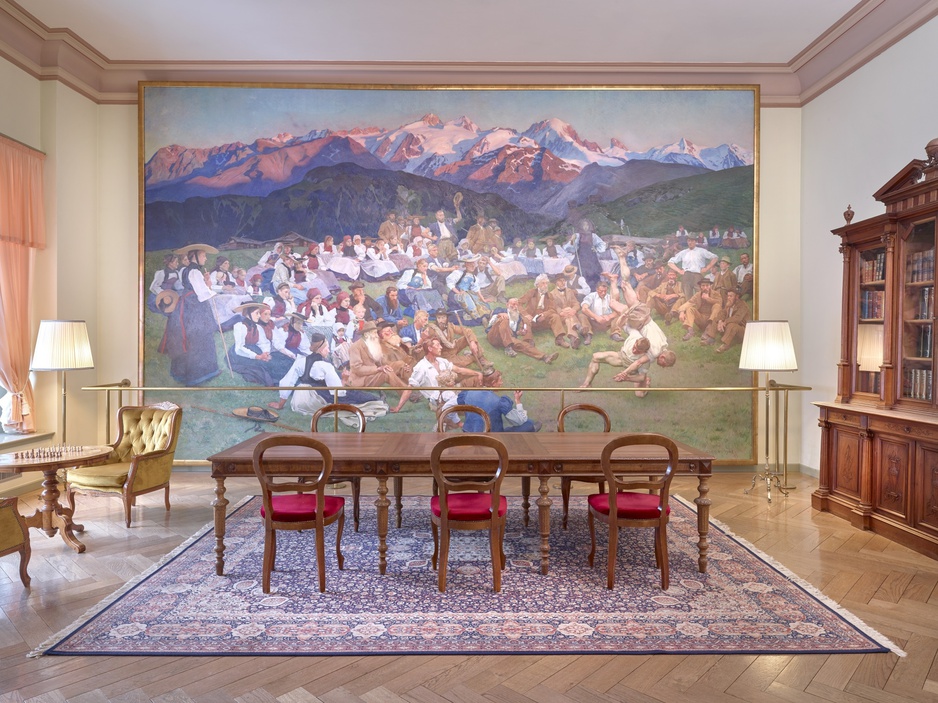
Salon Giron

Elisa - Bistro & Terrace
The dining situation is equally unpretentious despite the grand surroundings. Elisa - Bistro & Terrasse serves what you'd hope for in a place like this: serious food that doesn't forget it's in Switzerland, with terraces that make the most of those lake views.
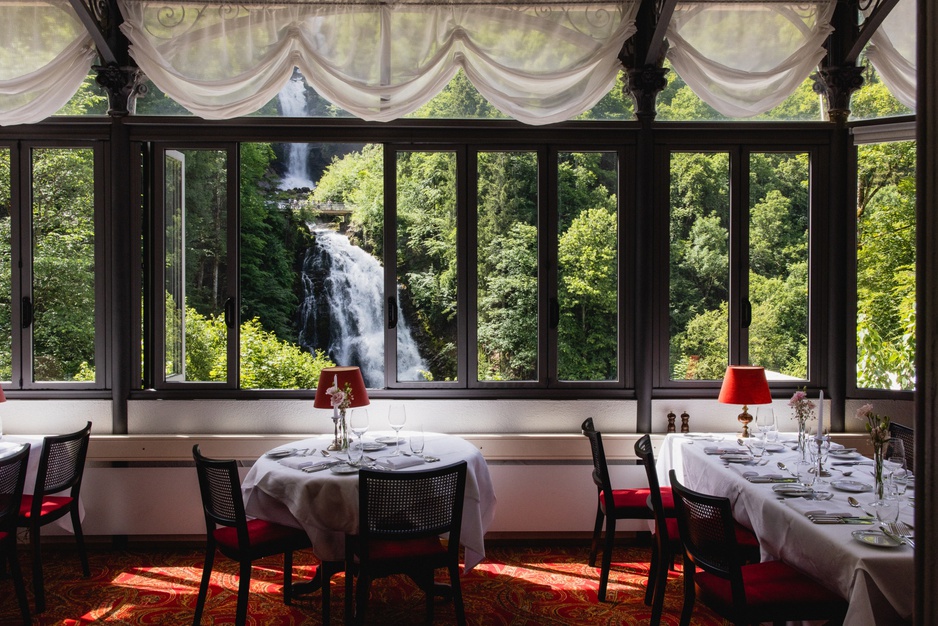
Parkrestaurant "Les Cascades" - Photo by Digitale Massarbeit
The Parkrestaurant with its Orangerie feels like dining in a Victorian conservatory, while the bar 'La Cascade' presumably serves drinks strong enough to make the waterfalls seem even more dramatic.
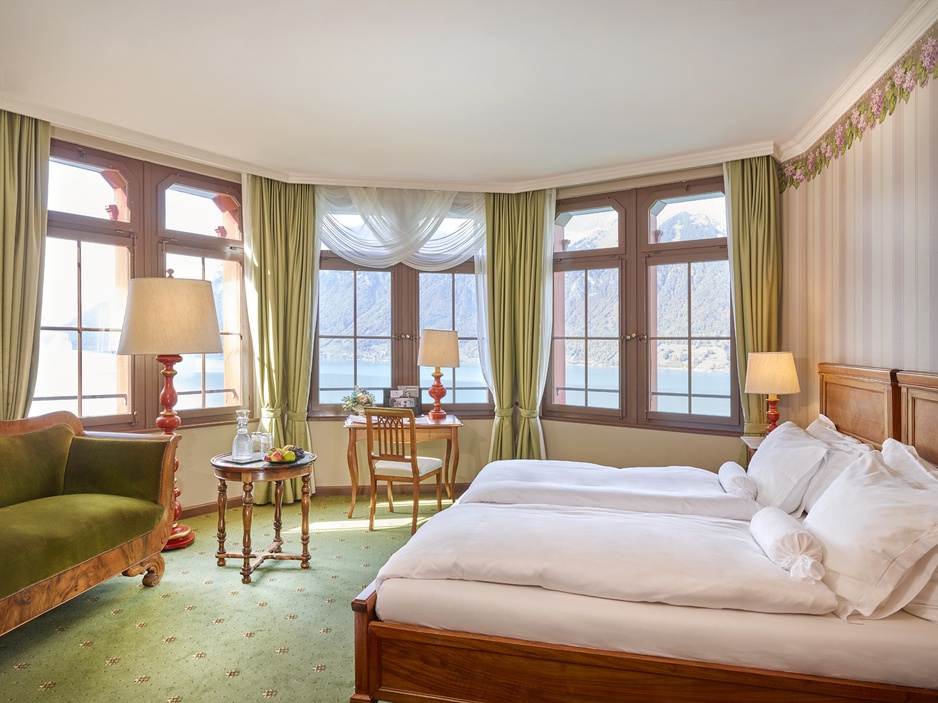
Horace Edouard Suite
The hotel's 70 rooms and suites are studies in the art of not trying too hard. Each one is different, furnished with genuine late-19th-century pieces that have somehow survived fires, wars, and decades of neglect.
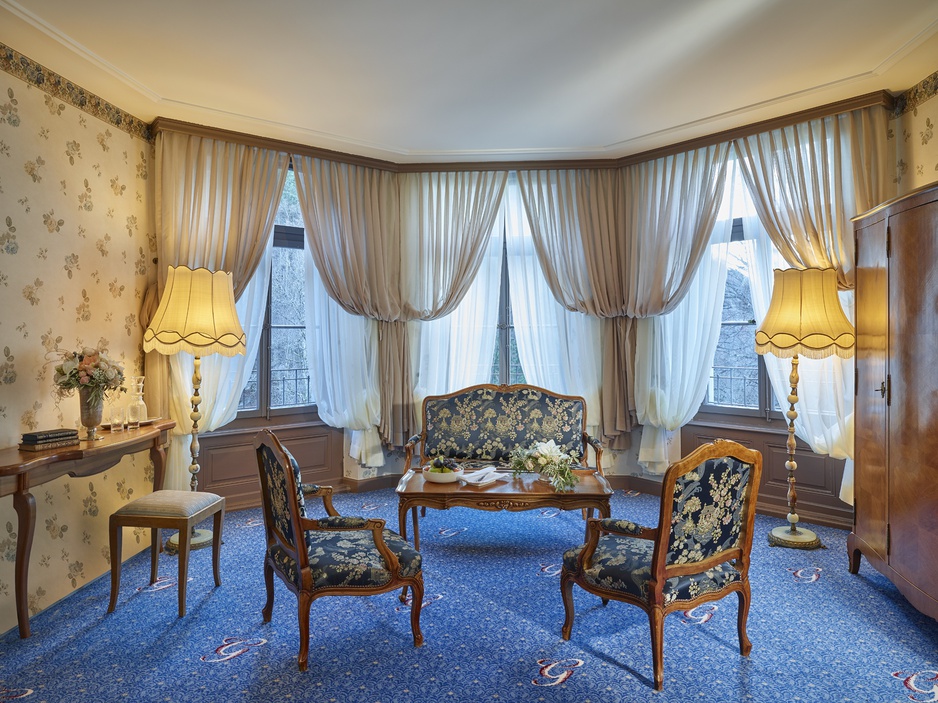
Von Rappard Suite
The beds are comfortable enough for modern guests, but the real luxury is waking up to views across Lake Brienz that haven't been interrupted by a single high-rise or motorway.
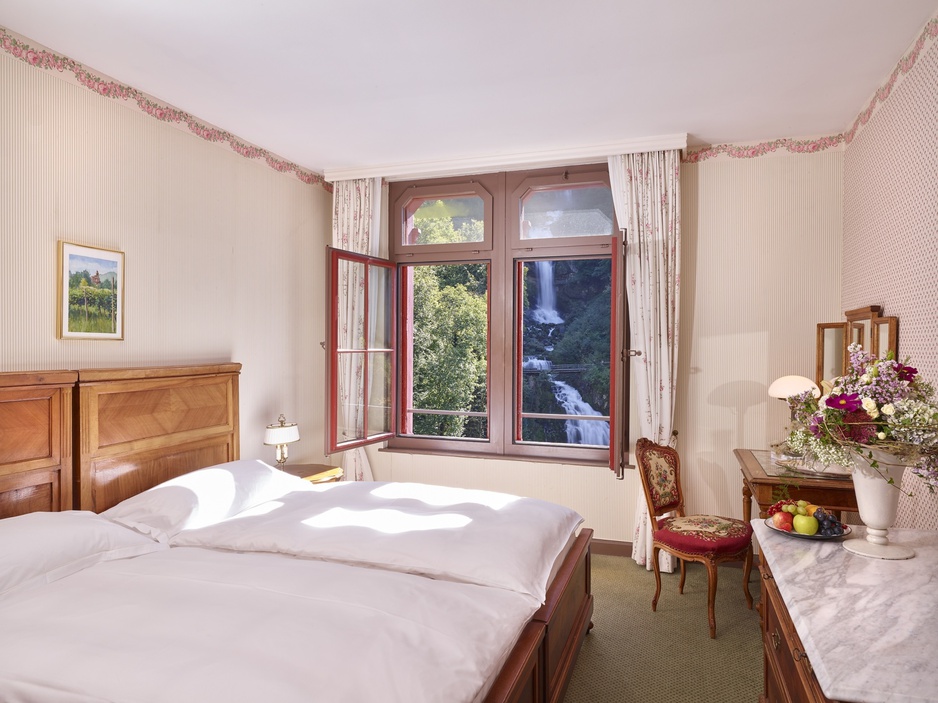
Classic Double Room
Some rooms overlook the waterfalls, where you can fall asleep to the sound of cascading water – nature's original white noise machine.
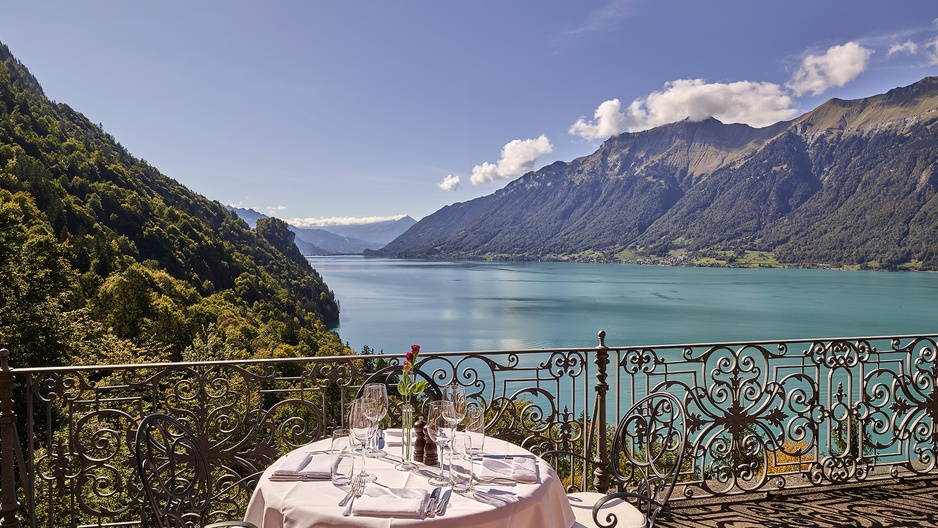
Giessbach Suite's balcony overlooking Lake Brienz

The hotel's natural swimming pool - Photo by Digitale Massarbeit
There's an outdoor swimming pool, because even 19th-century hotel builders understood that the wealthy like to splash about, and tennis courts for those who prefer their exercise more structured than hiking up mountains.
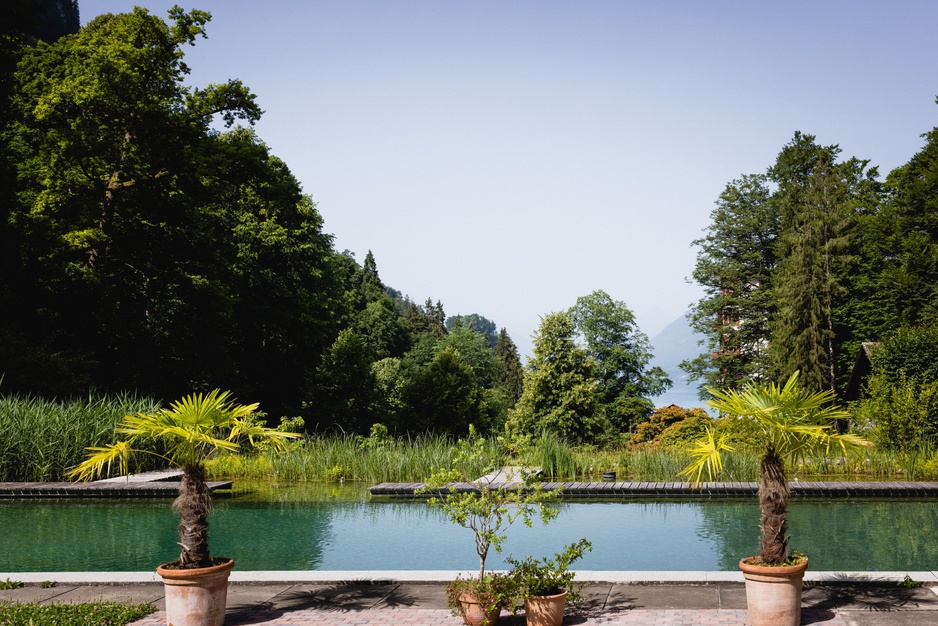
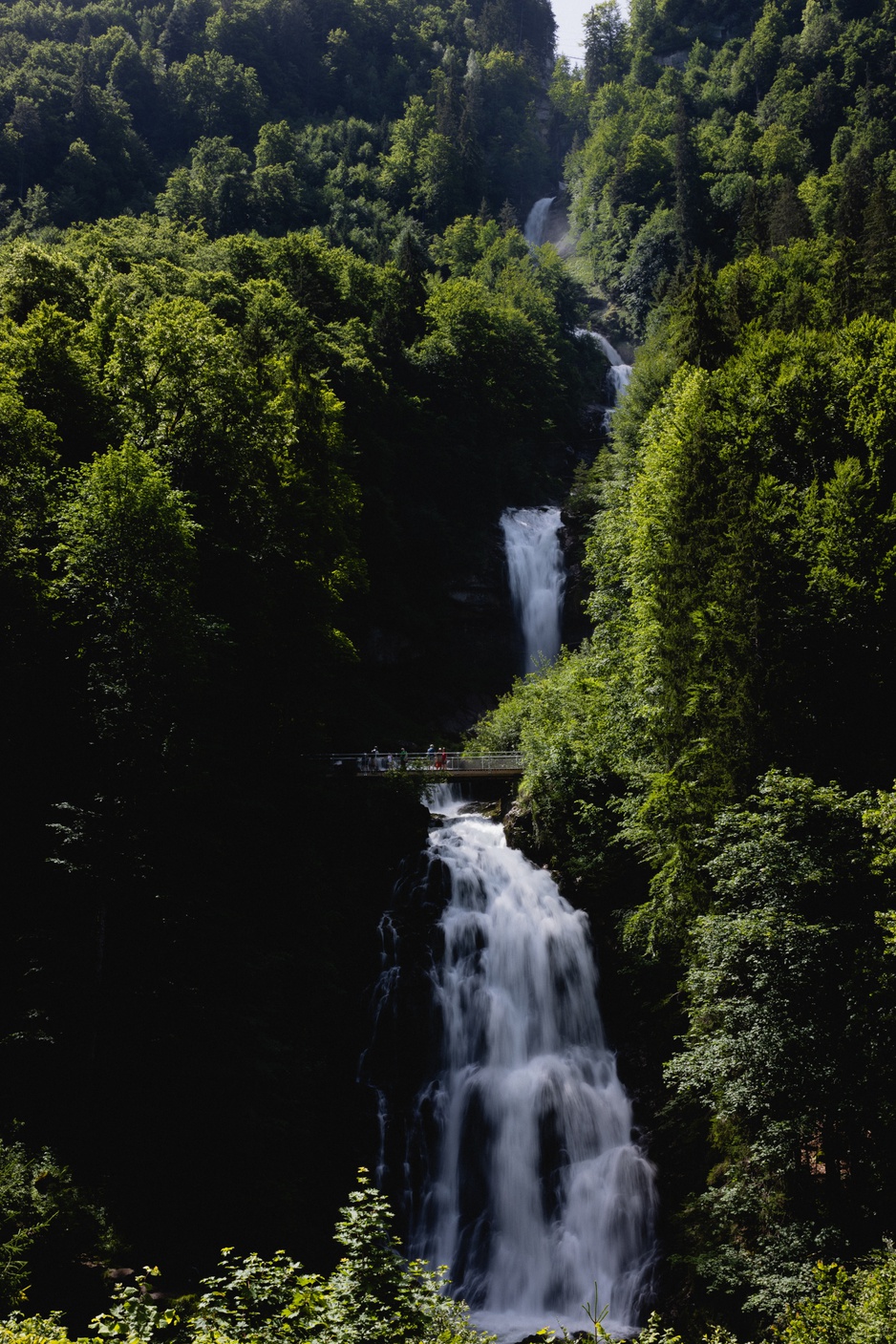
Giessbach Waterfalls - Photo by Digitale Massarbeit
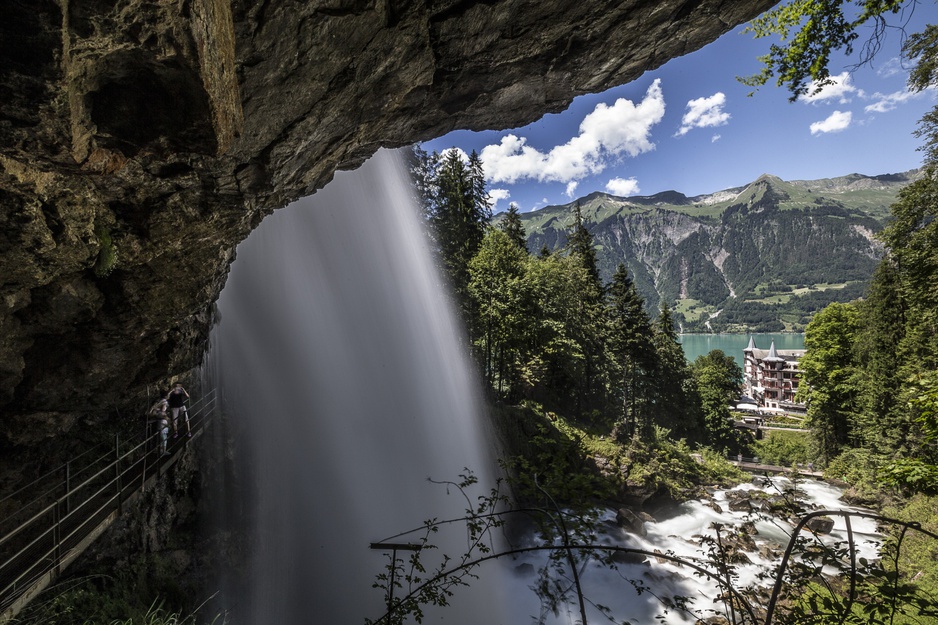
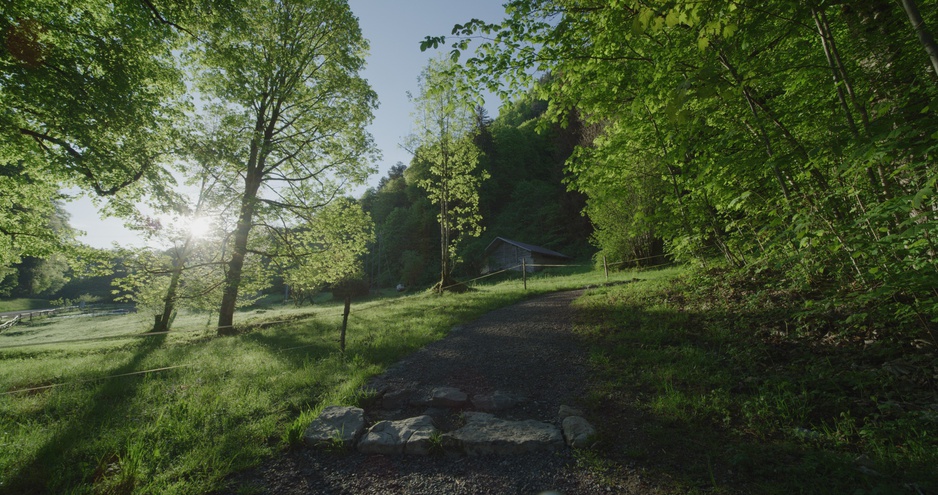
Alpine trekking trails
Giessbach, 3855 Brienz, Switzerland

